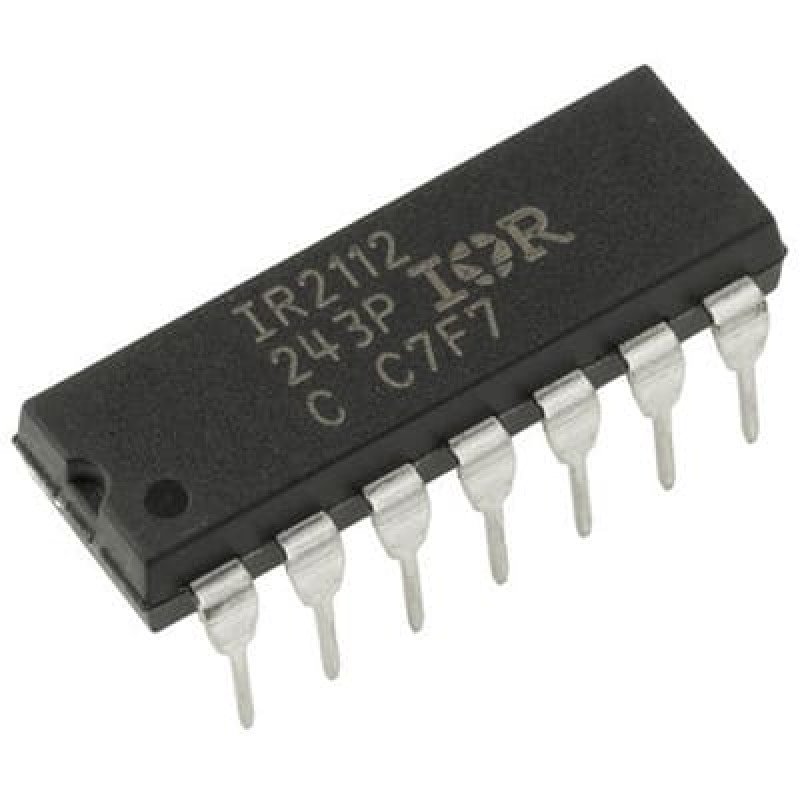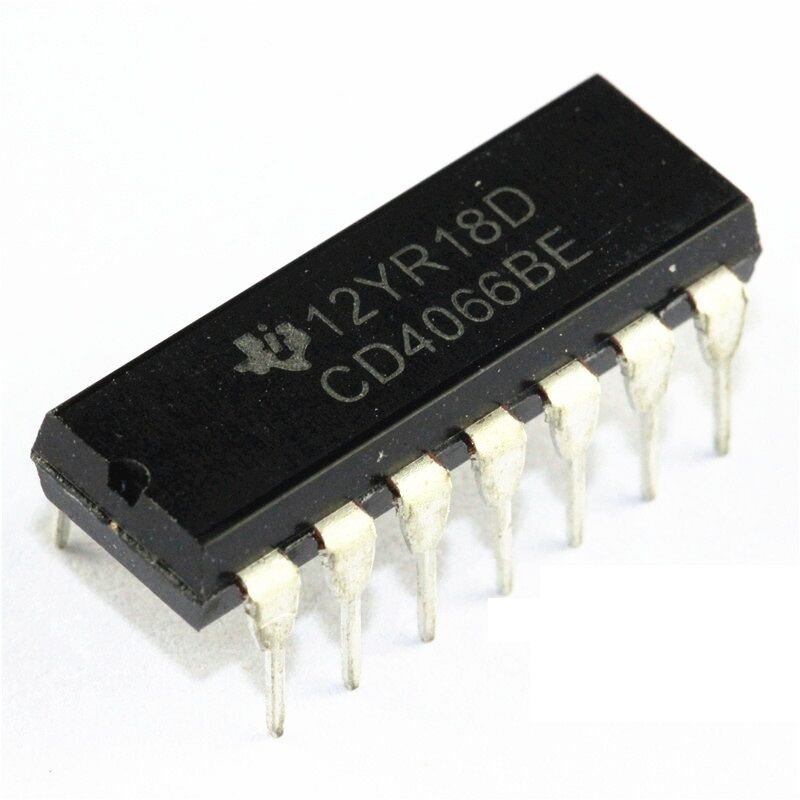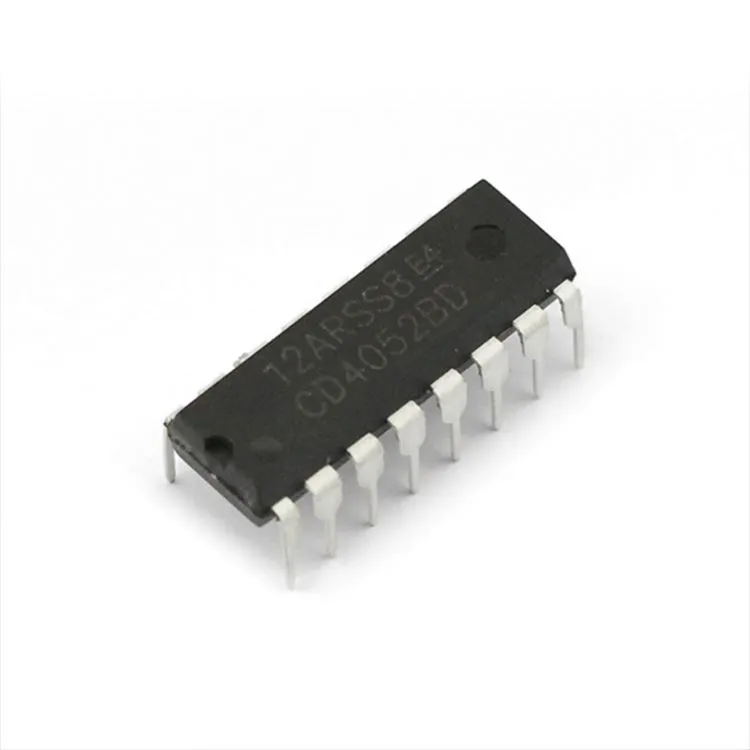The DAC0808 is an 8-bit digital-to-analog converter (DAC) specifically designed for applications requiring high precision and fast conversion. It is widely used in various applications such as instrumentation, audio processing, telecommunications, and control systems.
Key Features
- 8-Bit Resolution: Provides an 8-bit output, allowing for 256 distinct levels of output voltage.
- Voltage Output: Offers a linear output that can be configured for either voltage or current output.
- High Speed: Achieves conversion speeds of up to 1 µs per bit, making it suitable for high-speed applications.
- Low Power Consumption: Operates with low power requirements, typically 25 mW in standard configurations.
- Data Latch: A data latch is incorporated to hold the output during transitions, which can be crucial for maintaining stable output.
- TTL Compatible: Compatible with TTL and CMOS logic levels, making it easy to interface with digital systems.
- Wide Supply Voltage Range: Operates on supplies ranging from +5 V to +15 V for the logic side and -5 V to -15 V for the output.
Pin Configuration
The DAC0808 usually comes in a DIP-16 package. Here’s a typical pin configuration:
+--------------+
1 | Vdd | 8
2 | D0 | 7
3 | D1 | 6
4 | D2 | 5
5 | D3 | 4
6 | Vref | 3
7 | GND | 2
8 | Output | 1
+--------------+Pin Description
- Vdd: Power supply for the TTL input logic (typically +5V).
- D0-D7: Digital inputs that represent the binary code; D0 is the least significant bit (LSB), and D7 is the most significant bit (MSB).
- Vref: Reference voltage input that sets the scale for the output voltage.
- GND: Ground reference for the device.
- Output: The analog output voltage corresponding to the digital input value.
Operation
The DAC0808 converts a binary number input into a proportional analog output voltage. When a specific binary value is applied to the D0-D7 pins, the device generates a corresponding output voltage proportional to the reference voltage set at the Vref pin.
Calculation of Output Voltage
The basic formula for the output voltage ((V_{OUT})) is given by:
[ V_{OUT} = \left( \frac{D}{255} \right) \times V_{ref} ]Where:
- (D) is the decimal equivalent of the 8-bit binary input (ranging from 0 to 255).
- (V_{ref}) is the reference voltage.
For example, if (V_{ref} = 5V) and the input binary value is (11000000) (which is 192 in decimal):
[ V_{OUT} = \left( \frac{192}{255} \right) \times 5V \approx 3.76V ]Applications
The DAC0808 is extensively used in various applications, such as:
- Audio Equipment: For converting digital audio signals to analog outputs.
- Signal Generation: Creating arbitrary waveforms for testing and simulation.
- Control Systems: Translating digital control signals into analog outputs for actuators and motors.
- Telecommunications: Used in modems and other signal processing equipment.
Advantages
- Simplicity: Easy to implement with simple digital logic systems.
- Fast Conversion: High-speed conversion capability makes it suitable for real-time applications.
- Reliability: It is a well-tested design used in various commercial and industrial applications.
Considerations
- Reference Voltage Stability: The output accuracy depends on the stability of the reference voltage. A well-regulated reference should be used.
- Load Conditions: The output impedance and load conditions can affect the output voltage level; ensure the load is within specification.
- Power Supply Decoupling: Proper decoupling capacitors should be used to mitigate noise on the power supply lines to improve performance.
Only logged in customers who have purchased this product may leave a review.










Reviews
There are no reviews yet.